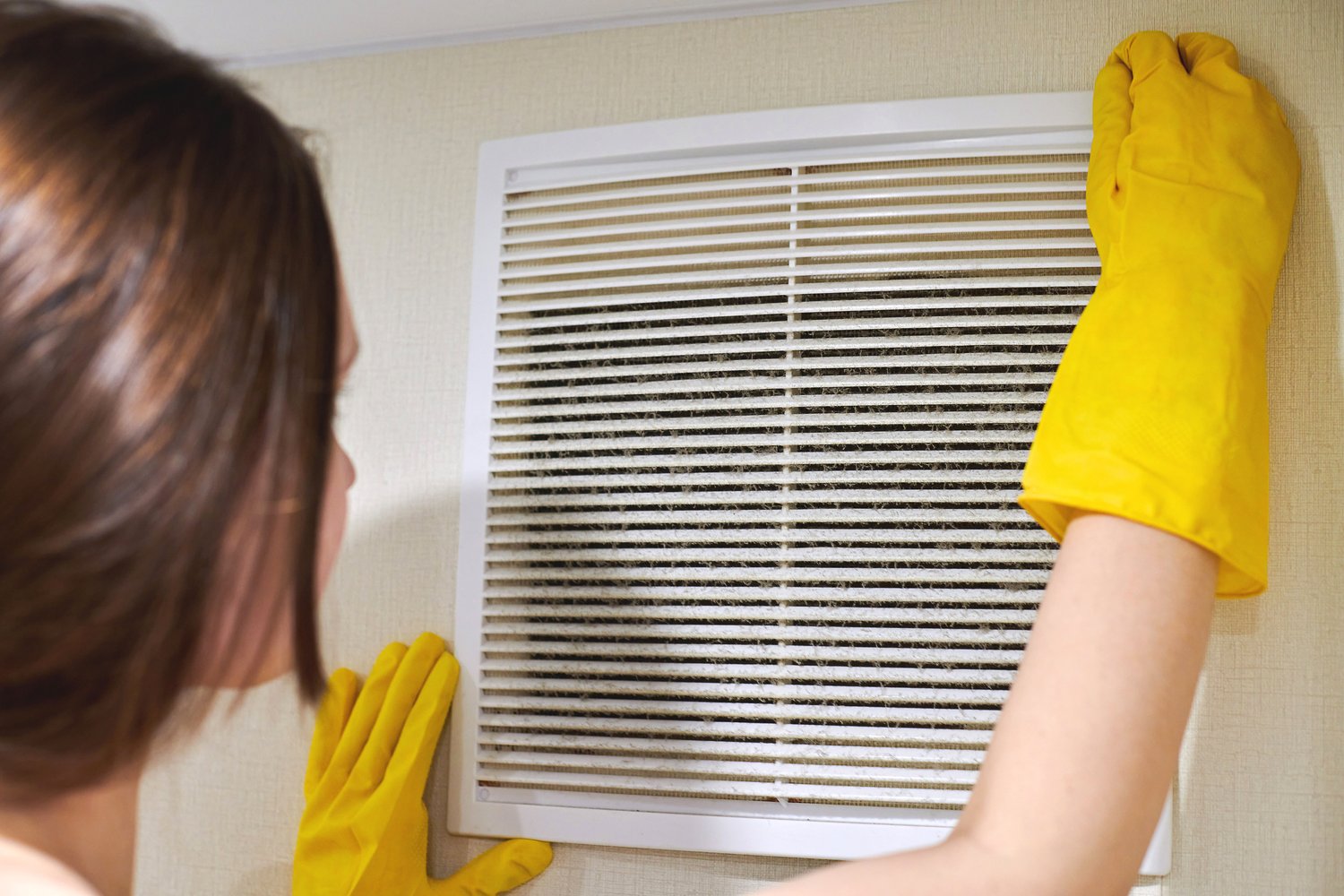Proper ventilation in kitchens and bathrooms plays a vital role in maintaining a healthy and comfortable home environment. These high-moisture areas are particularly susceptible to humidity-related problems, including mould growth, unpleasant odors, and potential structural damage. In this comprehensive guide, we’ll explore why effective ventilation systems are essential for these spaces, the consequences of poor airflow, and practical solutions to improve home ventilation. From selecting the right bathroom extractor fan to optimizing kitchen ventilation, these strategies will help protect your home and enhance your living experience.
Understanding the Importance of Kitchen Ventilation
Kitchen ventilation serves multiple crucial functions that directly impact both your home’s condition and your family’s wellbeing. When you cook, especially with gas appliances, various pollutants are released into the air, including carbon monoxide, nitrogen dioxide, and particulate matter. Without proper kitchen ventilation, these contaminants can accumulate to potentially harmful levels. Additionally, cooking activities generate significant moisture and food odors that, without adequate airflow, can permeate your entire home.
Effective kitchen ventilation systems work by capturing cooking steam, smoke, and odors at the source, preventing them from spreading throughout your living spaces. This helps maintain better indoor air quality while protecting your kitchen surfaces from grease buildup that can be difficult to clean. Over time, proper ventilation can also prevent moisture damage to cabinetry, countertops, and wall coverings, potentially saving you from costly repairs.
Range hoods and extractor fans are the most common kitchen ventilation solutions. When selecting one, consider both the extraction rate (measured in cubic feet per minute) and noise level. For optimal performance, your ventilation system should be appropriately sized for your cooking area and mounted at the manufacturer’s recommended height above your cooktop.
The Critical Role of Bathroom Extractor Fans
Bathrooms present unique ventilation challenges due to the extreme moisture produced during showers and baths. A properly functioning bathroom extractor fan is your first line of defense to prevent mould bathroom problems. When steam and moisture can’t escape, they condense on cool surfaces like mirrors, tiles, and walls, creating ideal conditions for mould and mildew growth.
Beyond the obvious cosmetic issues, bathroom mould can trigger allergic reactions and respiratory problems in sensitive individuals. Persistent moisture can also damage paint, wallpaper, and even structural elements over time. A quality bathroom extractor fan addresses these concerns by efficiently removing humid air before it can cause problems.
When choosing a bathroom extractor fan, consider the room’s size and your specific needs. The fan’s extraction rate should be sufficient to change the air in your bathroom at least eight times per hour. Modern fans often include humidity sensors that automatically activate when moisture levels rise, ensuring efficient operation without wasting energy. Some models also incorporate additional features like built-in lighting, heating elements, or timer functions for added convenience.
Strategies to Improve Home Ventilation
Beyond installing mechanical ventilation devices, several complementary approaches can help improve home ventilation throughout your kitchen and bathroom spaces. Strategic window placement and use can create natural cross-ventilation when weather permits. Opening windows on opposite sides of your home creates air currents that efficiently flush out stale air and bring in fresh outdoor air.
Ceiling fans can also complement your ventilation efforts by improving air circulation within rooms. In kitchens, consider scheduling major cooking activities when you can open windows, particularly when preparing foods with strong odors or using methods that generate significant steam or smoke.
For comprehensive home ventilation solutions tailored to your specific situation, consulting with ventilation experts through platforms like AskHomey can provide personalized guidance and professional installation services when needed.
Maintaining Your Ventilation Systems
Even the best ventilation systems require regular maintenance to function effectively. For kitchen range hoods, cleaning or replacing filters monthly prevents grease buildup that can restrict airflow and create fire hazards. Similarly, bathroom extractor fans accumulate dust and debris over time, which can reduce their efficiency and potentially cause mechanical failures.
Inspect your ventilation ducts periodically for blockages, disconnections, or damage that might impair performance. Clear any visible obstructions and ensure that exterior vent covers are free from debris. If you notice decreased performance despite regular cleaning, consider having your systems professionally serviced to identify and address potential issues before they lead to complete failure.
The Long-Term Benefits of Proper Ventilation
Investing in quality ventilation for your kitchen and bathroom areas delivers significant long-term benefits. Beyond preventing mould growth and maintaining good air quality, proper ventilation helps preserve your home’s structural integrity and finish materials. This proactive approach can save substantial amounts on potential repairs to water-damaged drywall, warped cabinetry, or deteriorated fixtures.
Effective ventilation systems also contribute to a more comfortable living environment by regulating humidity levels and eliminating unpleasant odors. For those with respiratory sensitivities, allergies, or asthma, proper air exchange can significantly improve symptoms by reducing airborne irritants and creating a healthier indoor environment.
For more tips and to connect with reliable home service professionals, follow AskHomey on Facebook and Instagram.



